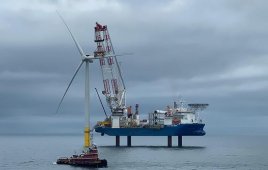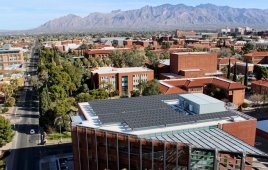This article, from Foley and Lardner LLP, is authored by David Zoppo.
There is no denying that the U.S. electrical grid is in need of replacing, but the route to achieving that goal is unclear. The EPA added another curve in June 2014 with its proposed and highly controversial Clean Power Plan, which requires the total carbon dioxide emissions from existing U.S. power plants to be reduced by 30 percent (from 2005 levels) by 2030. Deploying smart grid technologies to improve the efficiency of the grid is one way that states and utilities could reduce emissions and comply with the rule.
Energy producers feel that the EPA is overstepping its authority, relying on ambiguity in the House and Senate versions of the bill to implement this Clean Power Plan. The producers are relying on the differences in the versions to squash the EPA’s attempt to implement the plan as well. With what will surely be considerable legal wrangling and in-depth discussions on semantics, is the reality of a smarter electrical grid achievable?
Yes, according to Foley attorney David Zoppo, co-author of A Smarter, Greener Grid: Forging Environmental Progress Through Smart Energy Policies and Technologies. This book builds a clear case for a new network of technology, equipment, and controls that can adjust to fluctuations in energy needs via communication with utilities and customers. A Smarter, Greener Grid seeks to:
- Serve as a primer on technology and policy
- Discuss “information” on the current state of technology, giving readers an understanding of how a smart grid can be cost-effective while benefitting the climate
- Use a series of case studies from early adopters to underscore the benefits of a smart grid
- Identify legal and regulatory issues associated with roll-out of smart grid technologies
The book is available for purchase online.
Foley & Lardner LLP – David R. Zoppo
Filed Under: Policy





